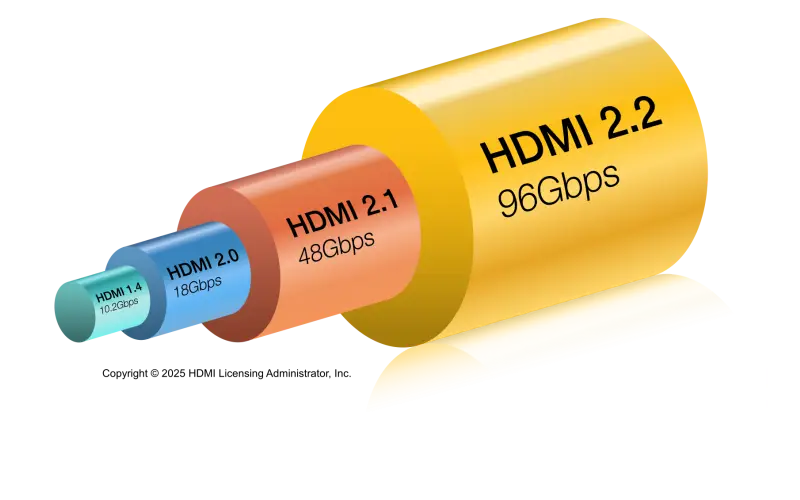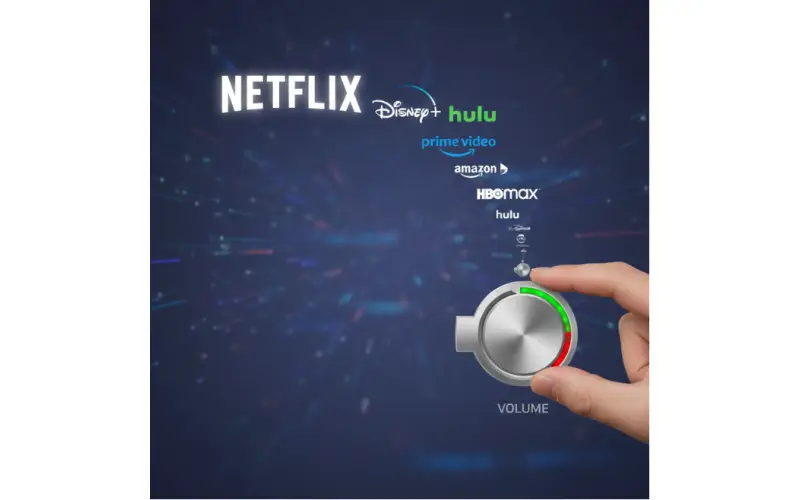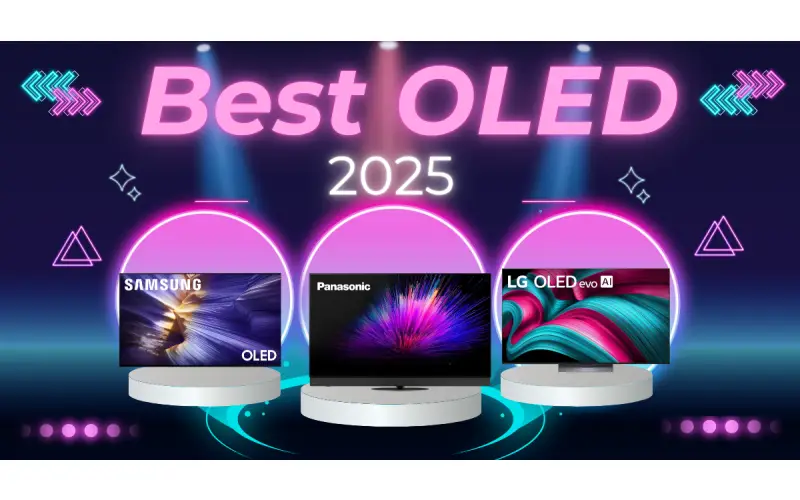By: Dipin Sehdev
HDMI 2.2 is the latest iteration of the HDMI specification, defining the interface for transmitting video and audio signals between electronic devices. It boasts significant advancements over previous HDMI versions, including:
- Higher Bandwidth: Up from 48 Gbps in HDMI 2.1 to a staggering 96 Gbps in HDMI 2.2, enabling transmission of even more data per second.
- Enhanced Resolution and Refresh Rates: Support for resolutions exceeding 8K, reaching up to 12K at 120 Hz refresh rates, delivering unparalleled visual fidelity and smoother motion on compatible displays.
- Latency Reduction: Introduction of the Latency Indication Protocol (LIP) to synchronize audio and video signals more effectively, minimizing discrepancies, particularly in multi-device setups like those incorporating AV receivers or soundbars.
In-Depth Look at the Technical Specifications
-
Bandwidth: The substantial increase in bandwidth to 96 Gbps in HDMI 2.2 caters to future-proofing applications demanding immense data transfer rates. These include:
- AR/VR/MR (Augmented Reality/Virtual Reality/Mixed Reality) applications
- Spatial reality experiences
- Light field displays
- High-resolution medical imaging
- Machine vision systems
- Large-scale digital signage
-
Resolution and Refresh Rates: HDMI 2.2 empowers resolutions up to 12K at 120 Hz refresh rates. While current displays might not possess this capability, HDMI 2.2 paves the way for future advancements in display technology, ensuring compatibility with upcoming high-resolution displays.
-
Latency Indication Protocol (LIP): This innovative feature addresses the longstanding issue of audio-visual synchronization discrepancies, particularly in multi-component entertainment systems. LIP precisely measures the time it takes for audio and video signals to travel between connected devices, enabling adjustments for perfect alignment and a seamless audiovisual experience.
Backward Compatibility
A significant advantage of HDMI 2.2 is its backward compatibility. This implies that HDMI 2.2 devices can function flawlessly with older HDMI cables and displays. However, to leverage all the potential of HDMI 2.2, utilizing compatible HDMI 2.2 certified cables (Ultra96) is recommended.

Availability
The HDMI 2.2 specification was unveiled in the first half of 2025. Widespread availability of HDMI 2.2 devices and cables might take some time. We can anticipate the initial wave of HDMI 2.2-compatible devices to arrive in late 2025 or even 2026.
Use Cases
HDMI 2.2 caters to high-performance applications requiring the utmost bandwidth and performance. Here are some prime examples:
- 8K and 12K TVs: As display technology progresses towards even higher resolutions, HDMI 2.2 ensures compatibility with these next-generation displays.
- High-End Gaming PCs and Consoles: Demanding gamers will benefit from the high bandwidth and fast refresh rates supported by HDMI 2.2, delivering an unparalleled gaming experience.
- Professional AV Equipment: Professional audio/visual environments necessitate the uncompromised image quality and data transmission speeds that HDMI 2.2 offers.
Conclusion
HDMI 2.2 represents a substantial leap forward in HDMI technology, providing a pathway for future advancements in display resolution, refresh rates, and data transfer rates. While widespread adoption might take some time, HDMI 2.2 lays the groundwork for exceptional audiovisual experiences in the years to come. Early adopters seeking the absolute best performance for their home theater or gaming setups might choose to wait for HDMI 2.2 compatible devices. Nevertheless, for most users, HDMI 2.1 will likely remain sufficient for their current needs.





